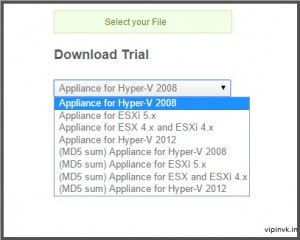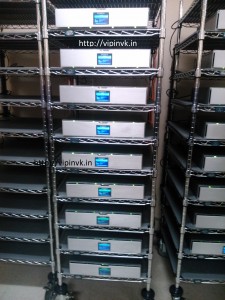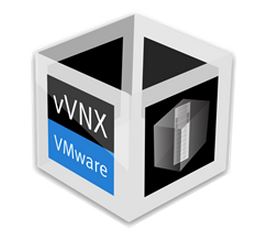Cloudian provides their customers with an on-premises Amazon S3 solution with their S3-compliant, object based storage solution. During their Storage Field Day 7 presentation, the Cloudian team discussed the HyperStore solution and it’s features.

Cloudian enables the Enterprise customers to build managed private cloud and hybrid cloud solutions with their HyperStore solution. This solution also helps the Cloud Service Providers for building public and private cloud solutions. With the 100% S3-compliance, Cloudian is eyeing the market area where the majority of the cloud customers are.
Continue reading →
Why S3 : Amazon S3, the largest cloud ecosystem is offering many advanced features to their customers. Being the most popular platform, there are thousands of Apps available in the market based on S3 APIs. S3 compliance enables the Cloudian customers to have easier access to these features and make use of available tools. Cloudian is 100% S3-compliant with all the nodes running native S3 APIs, i.e, no translation required.
Hyperstore software and Appliances : Cloudian’s HyperStore software solutions run on commodity hardware. Cloudian also delivers appliances made of Commodity hardware which comes pre-configured. HyperStore appliances are available 3 different models based on Size of the deployments. HyperStore appliances helps the customers with faster deployment and scaling as the hardware comes pre-configured. Each node joins the P2P ring in a HyperStore system.
Multi-tenant, multi-dc : Another important feature to be discussed is the multi-tenant and multi-dc nature with a single HyperStore solution. With this feature each tenant in a solution can have it’s own policies. Based on the nature of the object, customers can decide the protection mechanism (erasure-coding, replication) and these can be changed dynamically. A HyperStore system can span across multiple DCs also.
Cloudian uses Cassandra, for their metadata and distribution, taking the improved scalability and reliability into account. Cassandra have a major role in various features of HyperStore solution including better scaling (scale-out in nature), multi-dc capability etc…
HyperStore solution have a lot of other features including Smart support, higher durability, data protection (Erasure coding, Replication etc…), programmable API etc.. Management is also made easier with the Cloudian user interface.
Free trial : Cloudian gives you a free community edition of the HyperStore software which can be installed on physical machine or a VM. This free software (Up to 10TB’s) gives you the full features and you can design your public/private/hybrid cloud storage solution You can find the environmental requirements and more details from the download page.
Additional resources :
Additional reading and presentation videos from the Tech Field Day website here.
Product overview from Cloudian website here.
Here you can find more posts from me on SFD7.
Disclaimer: My travel and accommodation expenses for the SFD7 (Storage Field Day 7) event were paid by the Tech Field Day team. I am not requested to post about event content and I am not getting paid for any posts or for the time I spend during the event.
Like this:
Like Loading...













